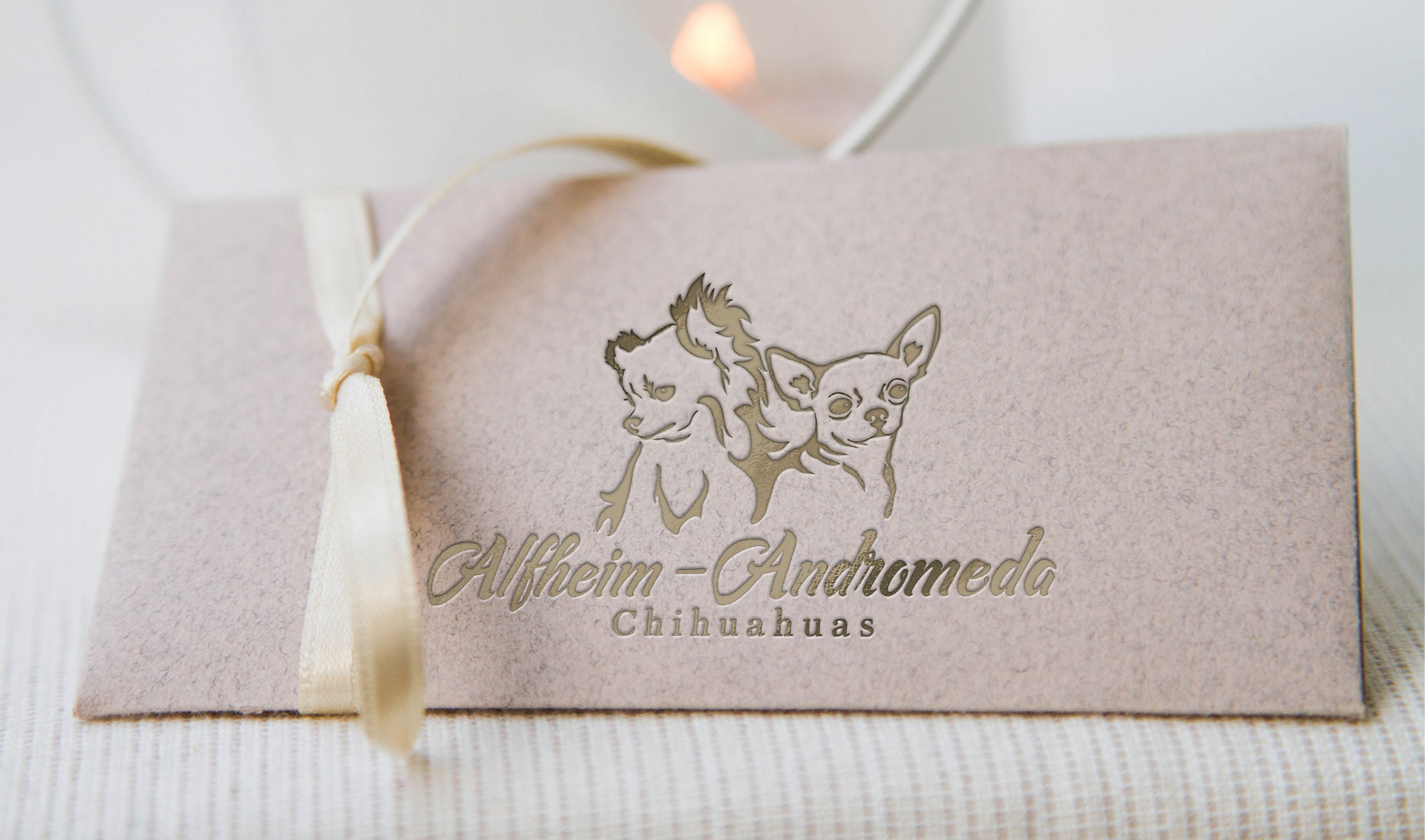Chocolate in Chihuahuas, no, it’s not diluted!
- Ansok
- Nov 7, 2022
- 3 min read
Updated: Jun 8, 2024
When discussing dog genetics, particularly coat color, there is often confusion between "chocolate" (also known as liver) and diluted colors. Let's delve into the genetic intricacies to clarify these differences.

"Gary" A Chocolate Long Coated Chihuahua with white markings
Chocolate (Liver) Coloration
The B locus determines Chocolate or liver, which affects eumelanin (the black pigment). The genetic code for this color is bb. This means that for a dog to be liver, it must inherit the recessive b allele from both parents, resulting in the genotype bb. This pigmentation affects the nose, eye rims, and paw pads, turning them from black to brown.
Here are some key points about liver coloration:
Liver dogs can appear in various shades and patterns, including chocolate fawns and chocolates with tan points.
The liver gene only affects black pigment, meaning all black areas on the coat will turn brown if a dog is bb.
A liver dog will not have any black or grey hairs, making it genetically impossible for a liver dog to display these colors.

"Nova" is A chocolate fawn (pigment of nose, eye rims, and paw pads)
Please take a look below for Embark DNA Color Results.

Dilution of Colors
Dilution in dogs is controlled by the D locus. This locus affects the intensity of both eumelanin (black pigment) and phaeomelanin (red/yellow pigment). The dominant allele D is non-diluted, while the recessive allele d causes dilution.
Here are the possible genotypes and their expressions:
BBdd or Bbdd - These dogs are blue (non-liver, dilute). The dilution gene (dd) lightens the black eumelanin to blue.
BBDd or BBDD - These dogs are black (non-liver, non-dilute). The presence of the dominant D allele ensures the black pigment remains undiluted.
bbdd - These dogs are isabella (liver, dilute). The combination of the bb genotype with the dd genotype results in a diluted liver color, often referred to as lilac.
bbDd or bbDD - These dogs are liver (liver, non-dilute). The liver color remains undiluted due to the presence of at least one dominant D allele.

"CJ" is Chocolate with white markings.
Please take a look below for Embark DNA Color Results.

Genetic Mechanisms
Understanding these genotypes helps in predicting the possible coat colors of offspring. For example, liver puppies can be born from black parents if both parents carry the recessive liver allele (Bb). If both parents are Bb, there is a 25% chance that a puppy will inherit the bb genotype and thus be liver.
Pigment and Coat Color
The liver gene specifically modifies eumelanin, affecting any black areas in the coat, nose, and eye rims. However, it does not alter phaeomelanin (red/yellow pigment). Therefore, a liver dog can have red or tan markings depending on other genetic loci (such as the K locus for dominant black, brindle, or tan points, and the A locus for agouti patterns).
Conclusion
Understanding the genetic foundations of coat color in Chihuahuas helps breeders make informed decisions and predict the outcomes of various pairings. By distinguishing between liver and diluted colors, breeders can appreciate the genetic diversity and intricacies of their dogs' coats.
If you have any further questions or need more detailed information about Chihuahua coat colors and genetics, feel free to contact us or join our community at A & A's Chihuahuas.

"Harley" is a Chocolate Merle Long Coated Chihuahua ( owned by CC's Chihuahuas)
The liver gene occurs on the B locus and causes a brownish color. It's recessive, so b is liver, and B is non-liver, and for a dog to be liver, it must have the genotype bb. This means that a liver puppy can be born from black parents if both are carriers of the liver allele (i.e., if both are Bb, then at least one pup in four will be bb)
The different pigment color genotypes are: BBdd or Bbdd - blue (non-liver, dilute) BBDd or BBDD - black (non-liver, non-dilute) bbdd - isabella (liver, dilute) bbDd or bbDD - liver (liver, non-dilute)
The liver gene affects eumelanin (black pigment) only. All the black in the coat will be turned to the liver (brown) when a dog is bb on the B locus. This includes saddles, shading, merle, etc. It is genetically impossible for a liver dog to have even one black or grey hair or a black or blue dog to have liver in its coat (although bronzing and sealing may look slightly like a liver). However, a liver dog may have some "red" (phaeomelanin) hairs depending on the K and A locus alleles present.

"Queenie" is a Chocolate Brindle Spotted on White Smooth Coated


![04[5287]_edited.png](https://static.wixstatic.com/media/19bc06_e20664f6f34a40a38ce600e39e177c3c~mv2.png/v1/fill/w_980,h_578,al_c,q_90,usm_0.66_1.00_0.01,enc_avif,quality_auto/19bc06_e20664f6f34a40a38ce600e39e177c3c~mv2.png)























